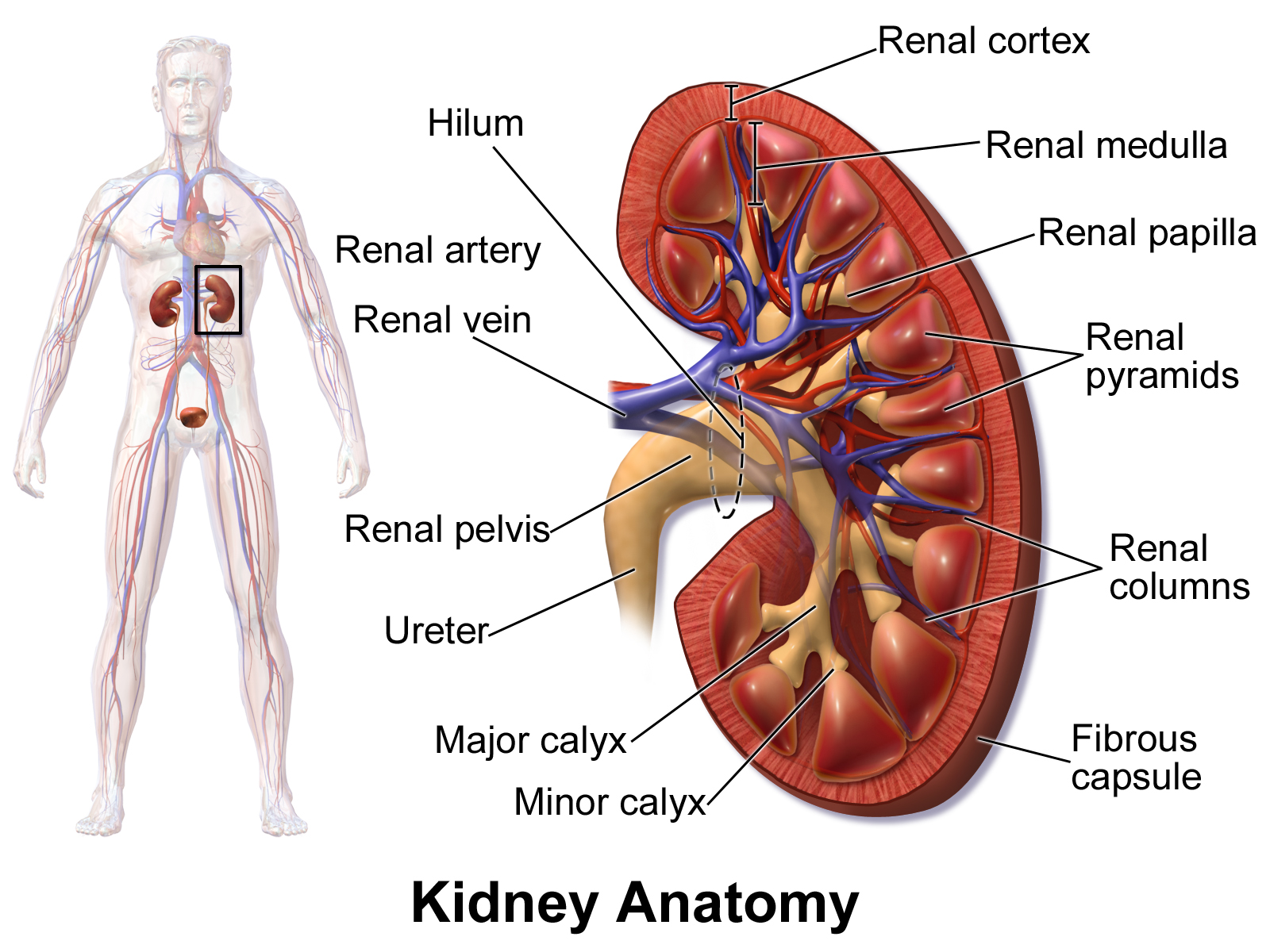The main job of the kidneys is to filter blood and remove waste from the body. Doctors routinely order blood test to assess how well the kidneys are carrying out this function. So what test your doctor orders to measure your kidney function matters a lot.
Kidney failure is classified into two categories: acute and chronic. Acute Kidney Failure (AKF), otherwise known as Acute Kidney Injury (AKI), has an abrupt onset and is potentially reversible. It comes on suddenly, typically within a few hours or days. It may occur due to trauma to the kidneys or decreased blood flow. It can also occur due to a blockage such as kidney stone.
- ‘Timely intervention key to breast cancer survival’
- Mental health: Most Nigerians patronise traditional, spiritual healers – Expert
Chronic Kidney Disease (CKD) is a condition when kidney damage occurs gradually over a long period and can lead to permanent kidney failure. CKD progresses slowly over at least three months.
The section below reviews measurement of kidney function as it pertains to CKD. AKI will be discussed at a later date.
To properly appreciate the relevance of today’s topic, it is important to emphasise this major fact – that CKD is a “silent disease”. So most people with CKD are unaware that they have it. Symptoms typically occur when the kidneys are functioning at or below 10 to 15 per cent of their full capacity.
Therefore, how kidney function is measured matters a lot and literally can mean the difference between living and dying. Measuring kidney function has been a challenge in healthcare for generations. Accurate measurement of kidney function leads to early detection of CKD.
Serum creatinine: An imperfect measure of kidney function
For generations, a blood test, the serum creatinine level alone, had been widely used to measure kidney function. Serum creatinine is a byproduct of muscle breakdown generated from dietary protein.
However, the serum creatinine level alone is an imperfect measure of kidney function because a rise in serum creatinine is observed only after significant loss of kidney function. In fact, a person with CKD will need to lose 65 to 70 per cent of their kidney function before the serum creatinine begins to rise out of the “normal range”. Therefore, the fact that you have a “normal” serum creatinine level does not necessarily mean you have “normal kidney function”.
Consequently, when serum creatinine level alone is used to measure kidney function, CKD is usually far advanced at the time it is detected in many patients, limiting any chances for treatment or intervention that may lead to reversal.
Furthermore, because most patients who have CKD may not know they have the condition, they may be using the unadjusted dose of medications or worse taking medications that are toxic to failing kidneys, thus resulting in more harm.
For many generations doctors were dissatisfied with the use of serum creatinine alone to measure kidney function, but they had no viable options.
The gold standard for measuring kidney function is the Glomerular Filtration Rate (GFR), which is a measure of how well the kidneys are cleaning your blood – how much blood passes through the tiny filters (glomeruli) each minute. GFR varies according to age, gender and body size. In young adults it is approximately 120 ml/minute/1.73m2 and declines in normal individuals with age. However, measuring the GFR is complex and expensive, so it is not routinely used in clinical settings.
Estimated GFR (eGFR): The new way
The next best thing to the actual GFR is using the “estimated GFR (eGFR)” to measure kidney function. The eGFR is calculated using the serum creatinine level in combination with demographic factors such as sex, age and race.
After studies validated eGFR as superior to serum creatinine level alone to measure kidney function about 20 years ago, many countries urged clinical laboratories or mandated them by legislation to calculate eGFR every time doctors order a serum creatinine level. Since a separate laboratory test is not required, including the eGFR would not increase the cost of the laboratory test.
CKD may take years to develop and may go completely unnoticed. Using eGFR, CKD is classified from Stage 1 to 5, with Stage 1 being early and Stage 5 known as End-Stage Renal Disease (ESRD); being the final stage. A stage is assigned based on the level of kidney function – irrespective of the underlying cause. Early detection allows timely application of intervention to slow progression to ESRD and saves lives.
Benefits of eGFR:
1. Early detection of kidney failure.
2. Understanding the severity of kidney failure.
3. Detection of progression of CKD.
4. Making decisions about diagnosis, prognosis and treatment.
5. Avoidance of drugs toxic to failing kidneys.
6. Proper adjustment of the dose of medication in persons with failing kidneys.
The kidney is the major organ that excretes drugs and toxins and is therefore susceptible to injury from untested and unregulated products. This is particularly relevant among those who already have CKD.
Take home message:
Serum creatinine level alone is an imperfect measure of kidney function. “Normal” serum creatinine level does not necessarily mean “normal kidney function”.
By calculating the eGFR whenever doctors request a serum creatinine level, clinical laboratories in Nigeria can play a gigantic role in preventing ESRD and save lives. We applaud those clinical laboratories that are already reporting eGFR.

 Join Daily Trust WhatsApp Community For Quick Access To News and Happenings Around You.
Join Daily Trust WhatsApp Community For Quick Access To News and Happenings Around You.

